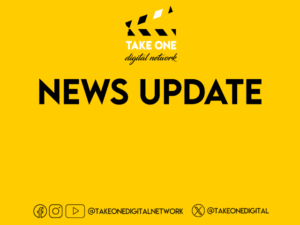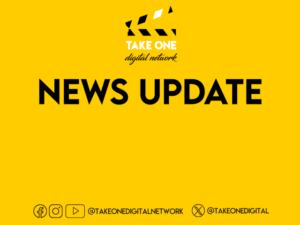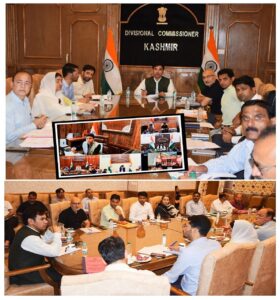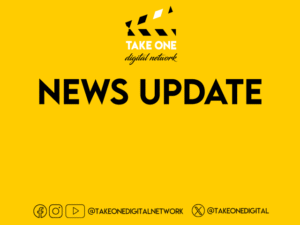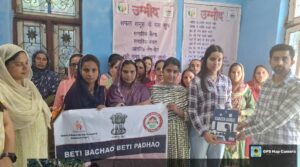CS seeks IWAI support in developing the requisite infrastructure
SRINAGAR, MAY 23: Chief Secretary, Atal Dulloo, chaired a high-level meeting to explore the introduction of Inland Water Transport (IWT) across the major river systems in Jammu and Kashmir.
Besides the Chairperson, Inland Waterways Authority of India (IWAI) the meeting was attended by ACS, Jal Shakti Department; Divisional Commissioner Kashmir, Commissioner Secretary Tourism, Secretary Transport, Secretary PWD, and other senior officers from J&K administration.
The Chief Secretary emphasized the immense potential of river transport in the Union Territory, not only as an ecologically sustainable mode of travel but also as a complementary alternative to road connectivity.
He stated that the river systems in J&K—most notably Jhelum, Chenab, and Ravi—link several districts, thereby presenting a unique opportunity to develop a cost-effective, less congested, and environment-friendly transportation network.
Seeking technical and infrastructural support from IWAI, Dulloo urged the Authority to extend their assistance to UT for making inland water transport a reality at the earliest. He called for collaborative development of the necessary infrastructure, including terminals and electric cruise operations, in coordination with the Tourism, Transport, and PWD departments.
During the meeting, IWAI representatives presented findings from their preliminary surveys, which had been conducted to assess the feasibility of river stretches for water transport. The surveys identified viable segments on the Jhelum, Chenab, and Ravi rivers for potential IWT operations.
It was also highlighted that the development of inland water transport aligns with the Government of India’s national policy of promoting river transport for its comfort, efficiency, and pollution-free nature. Plans were discussed to procure electric-powered cruise vessels with a capacity of up to 20 passengers, which would operate between designated terminals on these rivers.
The Chief Secretary reiterated the government’s commitment to fast-tracking this sustainable transport model, particularly given its tourism potential and its utility in connecting the underserved areas. He directed the concerned departments to prepare a coordinated roadmap with defined timelines for its implementation in a shortest possible time.

